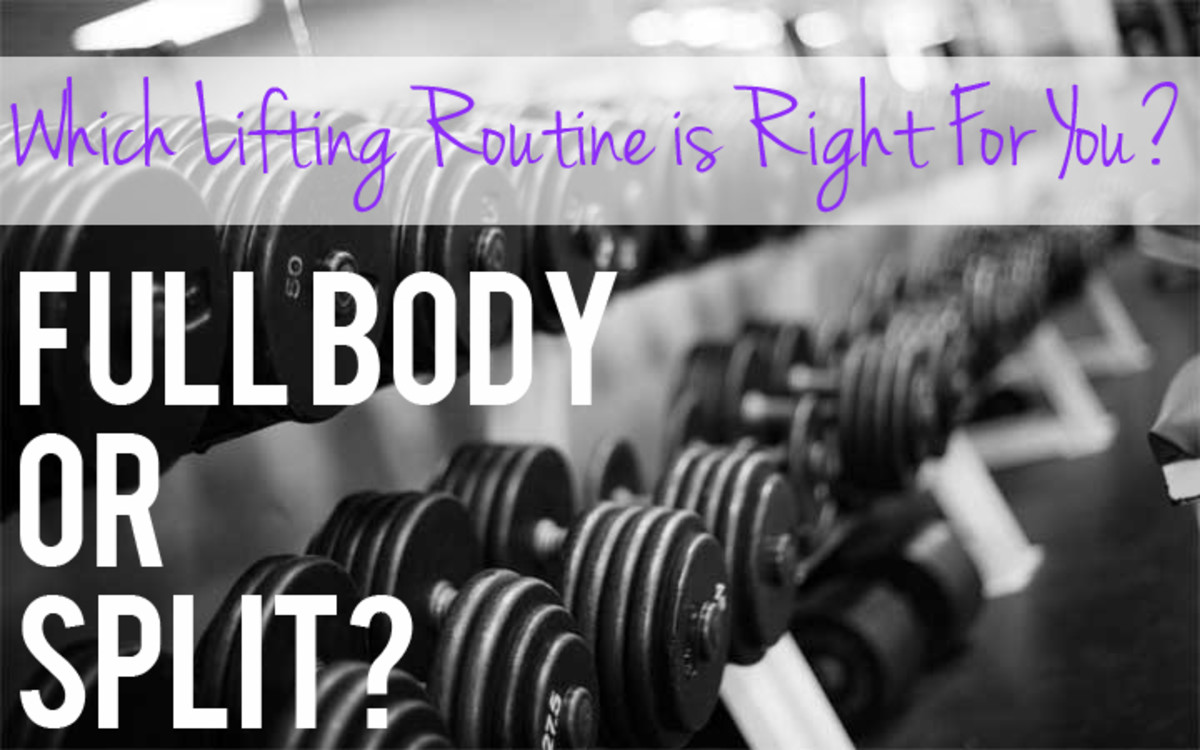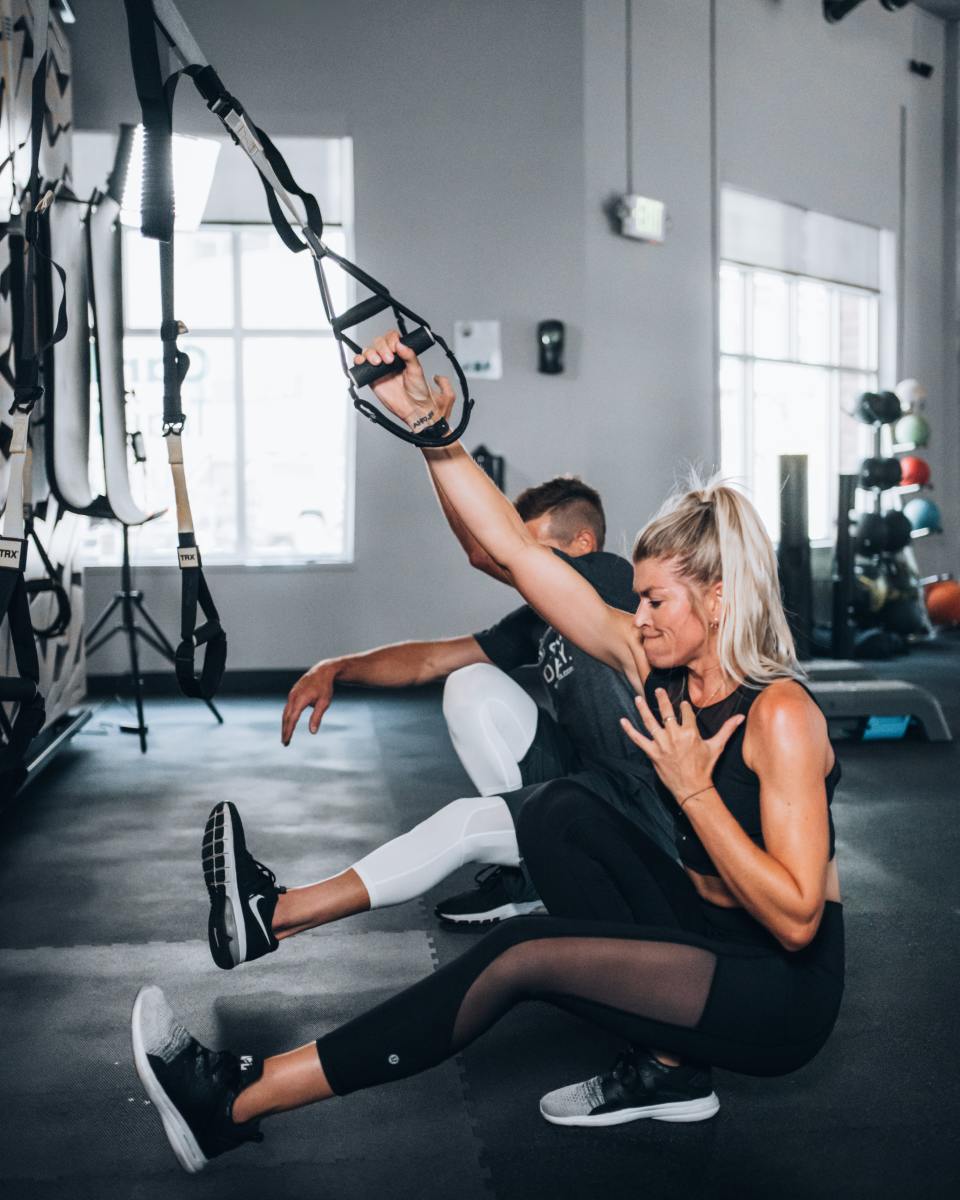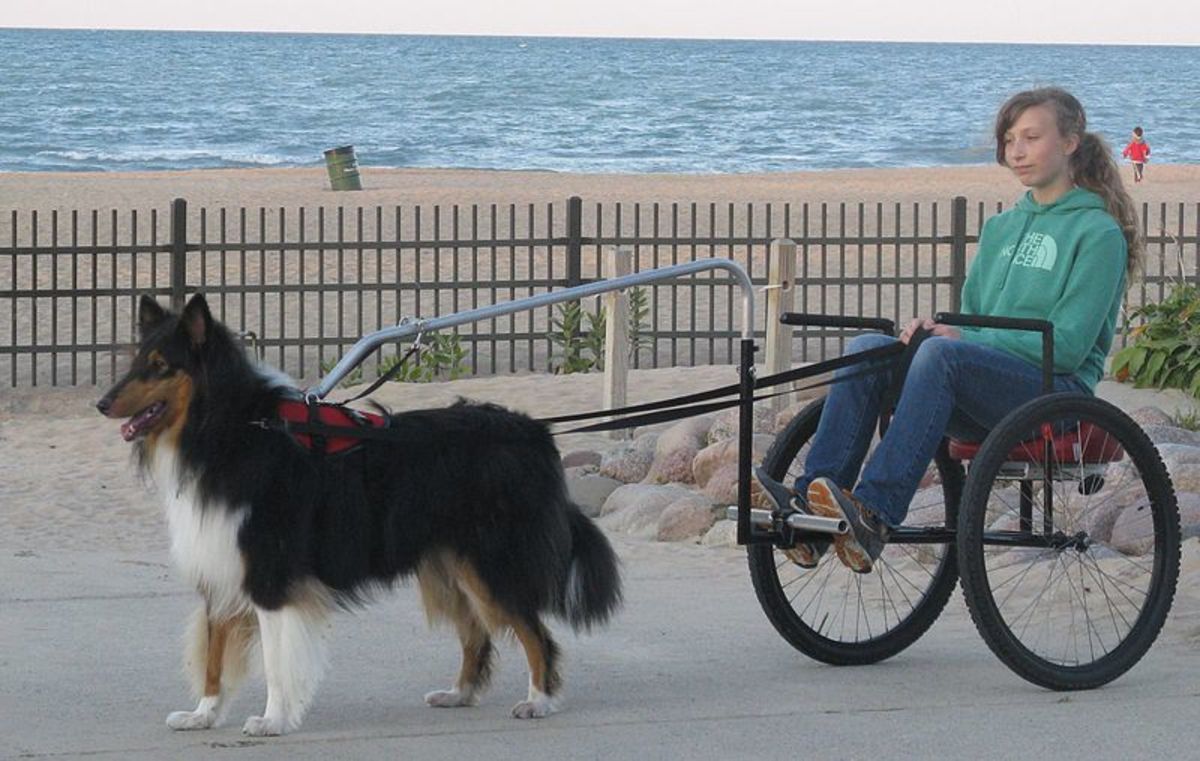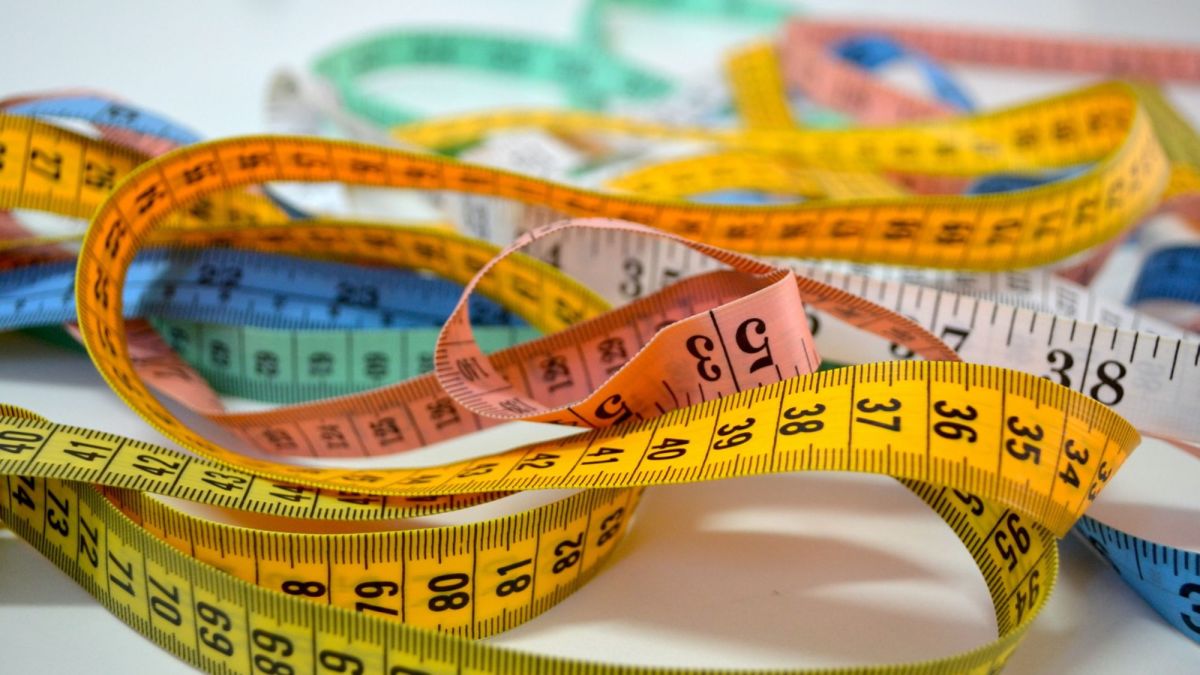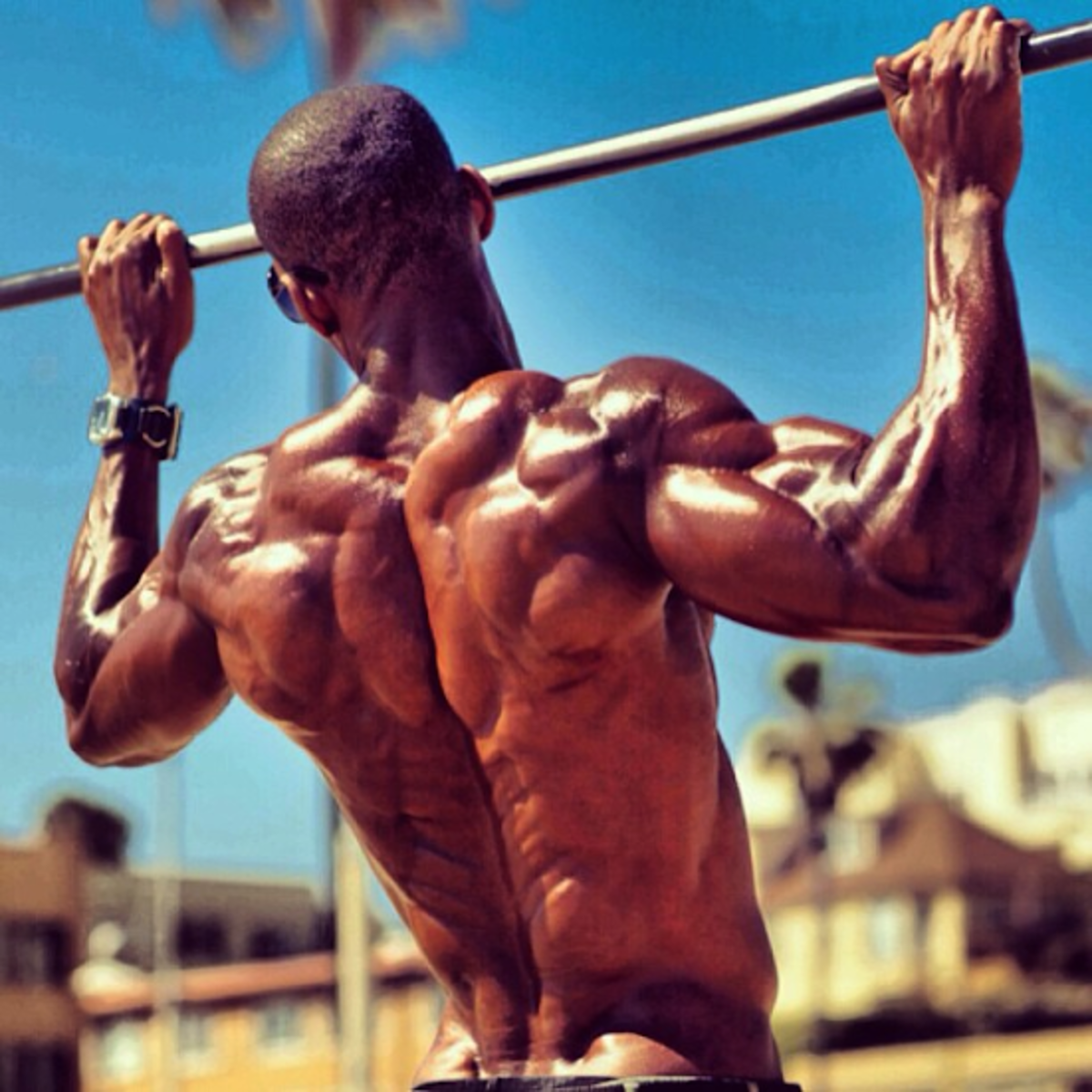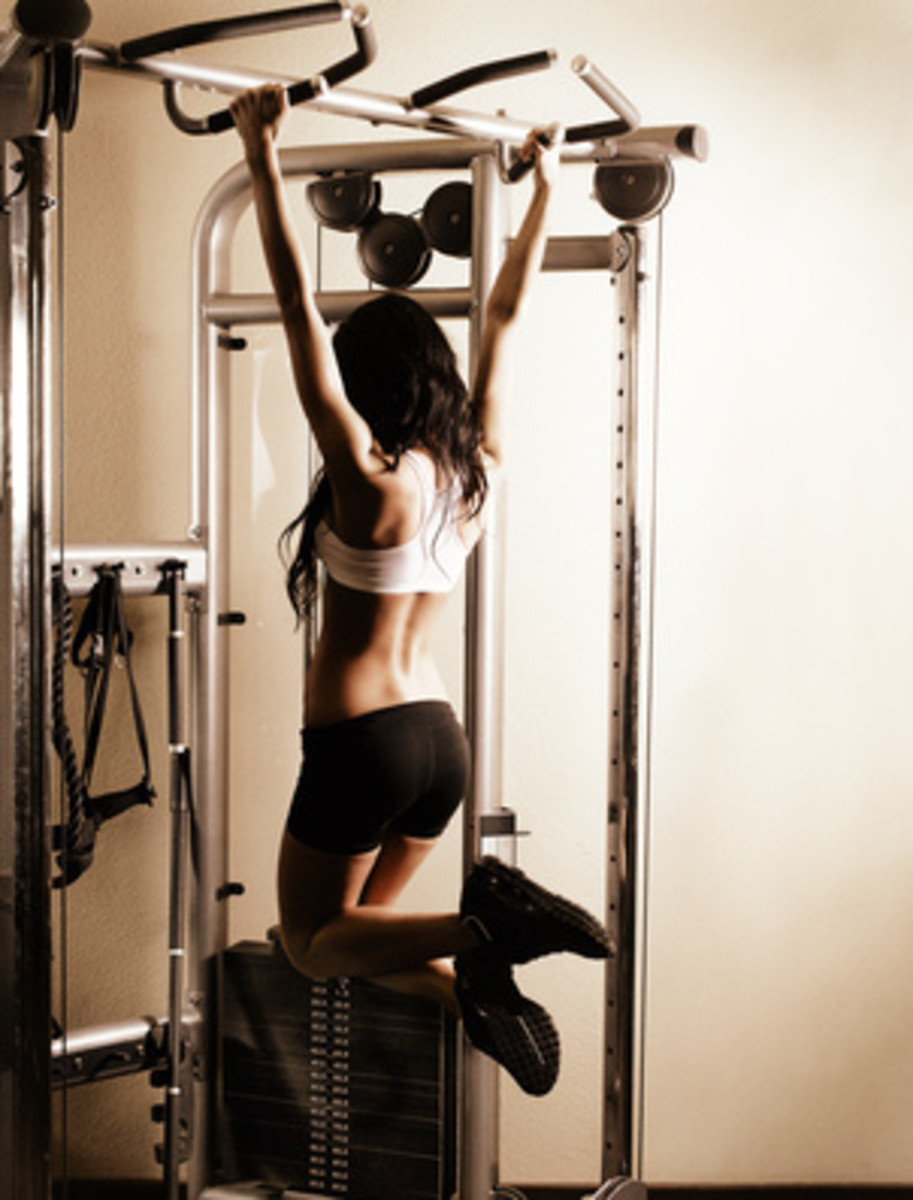Burn Fat All Over Your Body with Sled Training Variations

Sled training is one of the few exercises that can be modified for a killer power workout, or a killer strength workout or a killer stamina workout: a 3 for 1 deal.
In fact, if you’ve never used a sled, see for how long you can push it without any weights added to it. You’ll never look at a piece of cardio equipment the same after that.
Benefits of Sled Training
- Easy on joints
- Friendly to all body types
- Mimics real life movements
- Works the entire legs, glutes, core, middle and upper back, shoulders, chest and triceps; huge calorie burner
- Weight load can be adjusted to effectively build power, strength, stamina or improve athletic skills.
- Any level individual can do it; injury risk is exceedingly low.
- Body position with the sled can vary.
Different Kinds of Sled Workout Variations
For pushing directly against the sled, you don’t need straps. For pulling, straps can be used, but are not necessary, depending on the type of pulling.

Forward Push
This is a basic. The typical sled design allows for a push from two points: one at around midsection level and one close to the floor. At midsection level, you can push with straight arms, with variation in the angle of your body. Your body can be closer to vertical, or, it can be leaning forward, with arms straight in either case. The more upright, the more difficult the movement.
While using the higher pushing point, you can also have your arms bent to varying degrees. Arms can be very bent, in fact. This changes the dynamics.
Walking High Knee Push
While pushing forward, lift knees high. Walking, with or without high knees, can be done very slowly (very heavy load) to briskly (light load).
Running Forward Push
Set the weight so that you can run. For many, this will mean an empty sled. The unloaded device will provide enough resistance for many. If enough weights are added you won’t be able to dash, but will be able to trot against heavy resistance. If you can’t trot at all, remove some weight.
Lower Pushing Point
The lower pushing point that’s close to the ground makes everything harder, and is similar to the bear crawl except that the hands are fixed in place rather than “walking.” Place hands on this low portion of the sled and begin pushing.
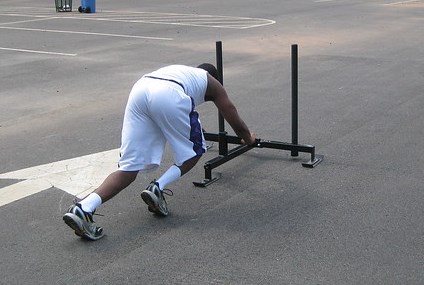
Pulling Variations
A sled is usually pulled with straps, though – depending on the design – you can grab it behind yourself directly with your hands and simply walk forward. A tire can also be used in place of a sled for strapping.
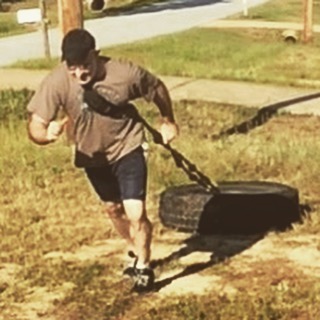
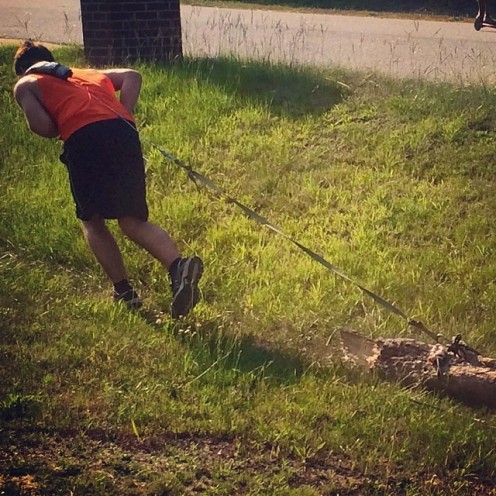
Reverse Drag
You may be able to do this without straps, depending on the sled design. Either way, you’re walking backwards as you pull directly on the sled or pull on the straps attached to a sled or tire. If using straps, your hands may be on the straps in front of you and pulling, or, the straps may be around your midsection, freeing your arms.
Distances or Time
Depending on the setting, go for completion of various distances, such as one linear point to the other (one lap). Set the distance for one, two, three or for however many laps that are suitable to the scheme.
You can also do timed workouts, such as sprints for just 15 seconds. These can be your fastest movement with an unloaded sled, or your fastest movement with a very heavy sled or a medium weighted sled.
Another option is to simply push or pull an unloaded or very lightly loaded sled for five minutes nonstop. Work up to 10 minutes, even 15. Some people will do laps for 10 minutes, but pause 30 seconds after each lap.
You can also alternate high pushes with low pushes, or pushes with pulls. As you can see, there are many permutations of sled training. One workout session may even be devoted entirely to just pushing, while the second session of the week can be devoted to pulling.
Sled training will bring tremendous benefits if you do it only once a week, though twice a week is even better.
Pushing can be mixed in with a “chest day,” and pulling can be integrated into a “back day.” However, you may want to work sled training into your “leg day,” as the legs get the brunt of the engagement.


